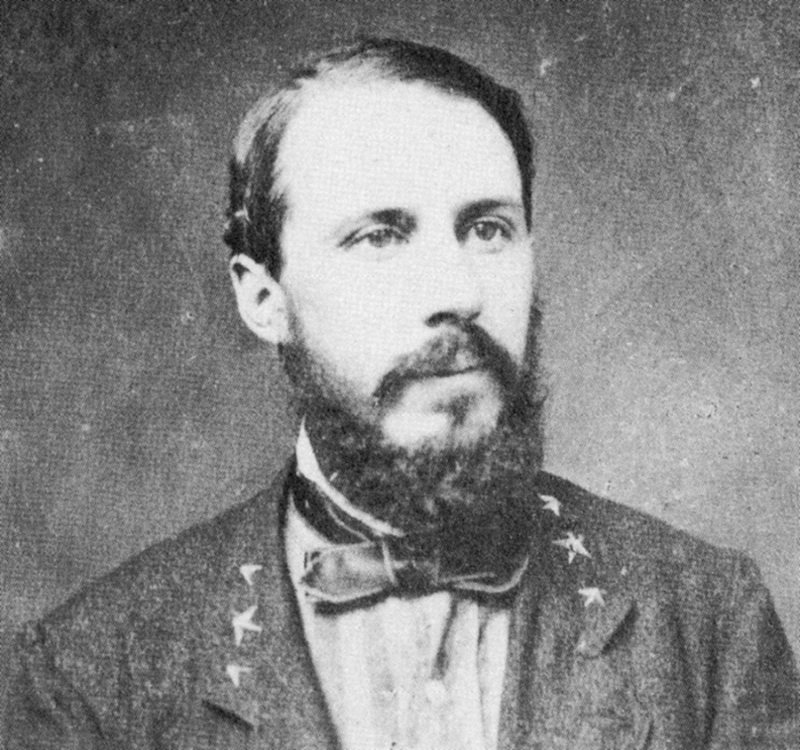The Battle of Cold Harbor was a strategic turning point in the Civil War
Despite the Confederate tactical success, the Battle of Cold Harbor was a strategic turning point in the Civil War, after which there was little chance for overall Confederate victory. Edward Porter Alexander, the Southern artillery officer who orchestrated the guns before Pickett’s Charge and served as one of Robert Edward Lee and Longstreet’s most consulted aides, called the Battle of Cold Harbor American's “last, and perhaps highest tide.” in the American Civil War.
After the suffering of the Overland Campaign, in which more than 50,000 Union soldiers fell in less than two months, Alexander believed that halting Grant’s army north of the James River, “no nearer Richmond…than his ships might have landed him at the beginning without the loss of a man,” would have turned the Northern public strongly against further prosecution of the war. Robert E. Lee himself believed that “we must destroy this army of Grant’s before he gets to the James River. If he gets there, then it will be a siege, and then it will be a mere question of time.” Despite the staggering losses at Cold Harbor, Grant managed to withdraw in good order and then deceive the Confederates for critical days as his army crossed the James River and marched towards Petersburg, where Lee’s grim prediction was confirmed.











